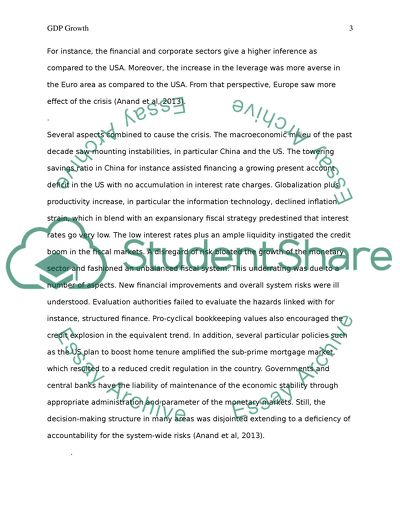Cite this document
(“GDP Growth Essay Example | Topics and Well Written Essays - 2000 words”, n.d.)
Retrieved from https://studentshare.org/macro-microeconomics/1495715-gdp-growth
Retrieved from https://studentshare.org/macro-microeconomics/1495715-gdp-growth
(GDP Growth Essay Example | Topics and Well Written Essays - 2000 Words)
https://studentshare.org/macro-microeconomics/1495715-gdp-growth.
https://studentshare.org/macro-microeconomics/1495715-gdp-growth.
“GDP Growth Essay Example | Topics and Well Written Essays - 2000 Words”, n.d. https://studentshare.org/macro-microeconomics/1495715-gdp-growth.


